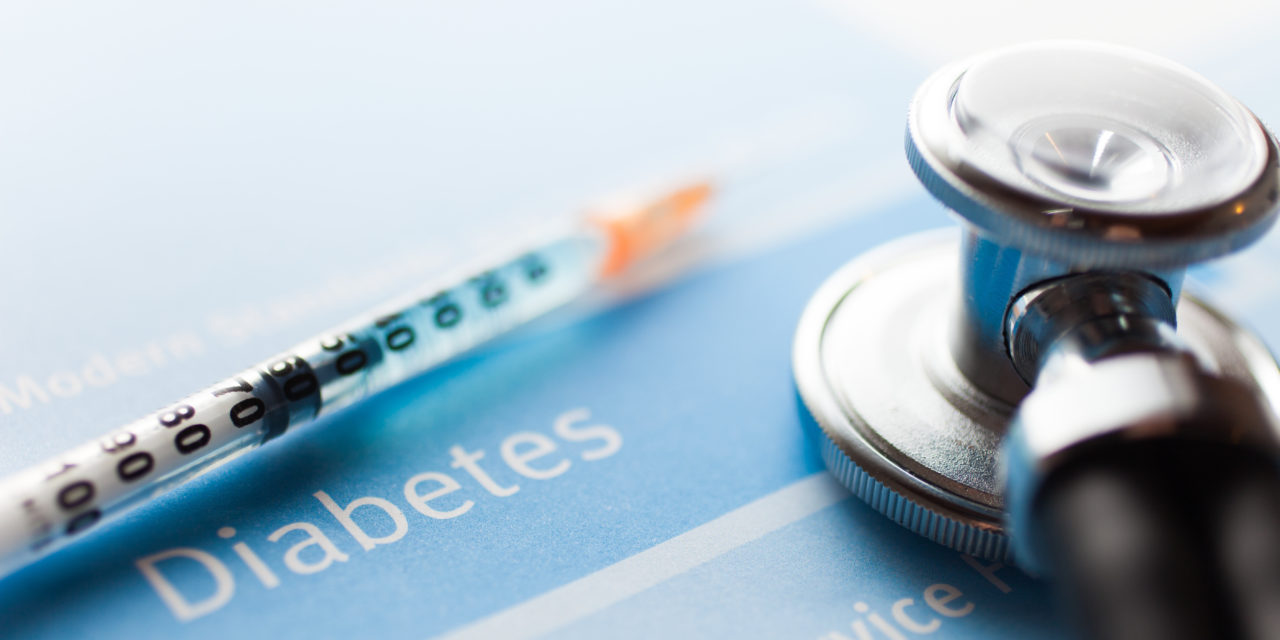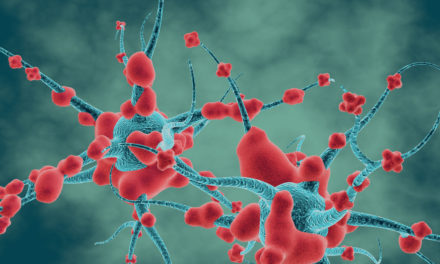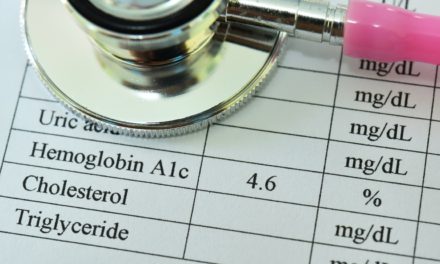Diabetes can lead to complications that affect many parts of the body, including the brain, eyes, heart, kidneys and nerves. Diabetes complications can be long-term (chronic) or short-term (acute).
Long-term complications happen when blood glucose is poorly managed and remains high over a long period of time. Keeping blood glucose levels as near-normal as possible, along with getting regular check-ups and blood tests, can help delay or prevent long-term diabetes complications, including the following:
Eye Disease
Many people with diabetes develop some degree of eye disease (retinopathy), caused by damage to the blood vessels that supply the retina from high blood glucose levels over a period. This can damage vision or cause blindness. Diabetic eye disease can be quite advanced before it affects vision, so it is important that people with diabetes have eye tests on a regular basis. If caught early, treatment can prevent blindness.
Oral Health
People with diabetes have a higher risk of developing inflammation of the gums (periodontitis) than people without diabetes. Periodontitis can cause tooth decay and loss and can lead to other complications, such as heart disease. Poorly controlled blood glucose can lead to mouth infections and problems. Good oral hygiene can help improve overall glucose control, prevent tooth decay and loss, as well as other diabetes complications.
Cardiovascular Disease
Cardiovascular disease is a major cause of death and disability among people with diabetes. This includes angina (chest pain or discomfort), heart attack, stroke, peripheral artery disease (reduced blood flow to limbs) and congestive heart failure (heart weakness that leads to a fluid build-up in the lungs and other body tissues). High blood pressure, high cholesterol, and high blood glucose (all common in diabetes) are some of the factors that increase the risk of cardiovascular disease.
Kidney Disease
Diabetes is one of the leading causes of chronic (long-lasting) kidney disease. This is caused by damage to small blood vessels in the kidneys (known as nephropathy) and results in the kidneys not working well or failing altogether. Controlling blood glucose levels and blood pressure greatly decrease the risk of diabetic kidney disease.
Pregnancy Complications
Women with any type of diabetes are at risk for several problems during pregnancy. High glucose levels can affect the development of the fetus and put both mother and baby at risk for complications during delivery. High blood glucose during pregnancy can lead to changes in the fetus that cause it to gain excess weight and become larger than usual size. This can lead to injuries to the child and mother during delivery; it can also lead to low blood glucose (hypoglycemia) in the baby after birth. Children who are exposed to high blood glucose in the womb are also at higher risk of developing type 2 diabetes later in life. Careful monitoring of blood glucose during pregnancy is very important. For women with known diabetes prior to pregnancy, monitoring and good glucose control should start before pregnancy.
Nerve Damage
Nerve damage (neuropathy) results from prolonged high blood glucose levels and can result in damage to any nerve in the body. The most common form is peripheral neuropathy, which mainly affects the sensory nerves in the feet. This can lead to pain, tingling and loss of sensation. Neuropathy can allow injuries to go unnoticed, leading to ulcers, serious infections and, in some cases, amputations. Nerve damage can also lead to erectile dysfunction (sexual problems in men), as well as problems with digestion, urination and several other functions.
Diabetic Foot
In addition to nerve damage, people with diabetes can experience problems with poor circulation in their feet because of damage to blood vessels. These problems increase the risk of ulcers, infection and amputation. People with diabetes face a risk of amputation that may be up to 20 times more than people without diabetes. With good blood glucose management, however, a large proportion of amputations can be avoided. Because of these risks, it is important that people with diabetes examine their feet regularly to identify problems early.
Short-term or acute complications can be related to low or high blood glucose levels. They include hypoglycemia and related crises such as seizures, as well as hyperglycemia related crises such as diabetic ketoacidosis (DKA) and Hyperosmolar Hyperglycemic State (HHS). They often occur suddenly and can be life-threatening. Fortunately, they can be prevented or treated quickly if you and your loved ones know what to do to and how to do it.
Hypoglycemia: Low blood sugar
Hypoglycemia means low blood glucose. It is sometimes called a “hypo” and it can happen at any time during the day or night. When your body doesn’t have enough glucose to use as energy, usually when your blood glucose level is 70 mg/dL or lower, you suffer from hypoglycemia.
Signs and symptoms of low blood sugar include:
- Sudden, extreme hunger
- Headache
- Shaking/trembling
- Weakness/tiredness
- Cold sweat
- Fast heartbeat
- Anxiety/nervousness
- Irritability
What to do if you have low blood sugar:
- Check your blood sugar to confirm that it is 70 mg/dL or below.
- Apply the 15/15* rule:
- Have 15 grams of a quick-acting carbohydrate that contains glucose, for example: a small glass of fruit juice, three to four teaspoons (1 tablespoon) of sugar in water, glucose gel or glucose tablets (see label for 15 grams amount).
- Wait 15 minutes and check your blood sugar again.
- If your blood sugar level is still low, continue to:
- Alternate taking 15 grams of glucose with waiting 15 minutes and retesting your blood sugar until it reaches an acceptable target.
- Be sure to eat your next meal or a snack to prevent another low blood sugar reaction.
- If symptoms persist, call your doctor.
Untreated hypoglycemia can progress to changes in mental status, causing extreme confusion, loss of consciousness and seizures in some cases. It is a good idea to know your symptoms of hypoglycemia and be always prepared to treat them quickly, especially if you take insulin. It is also a good idea for your loved ones and friends to know your signs of low blood sugar and how to help you treat them in case of an emergency where you’re unable to treat yourself. Your healthcare professional can help teach your family and friends about diabetes emergencies and how to prepare for them.
Hyperglycemia: High blood glucose
High blood glucose can occur when your food, activity and medicine are not balanced: too much food, not enough activity and not enough medicine. It can also happen when you are unwell or under stress. If you have high blood glucose levels, you may be more prone to infection. And an infection can cause your blood glucose level to rise even more.
Signs of hyperglycemia:
Hyperglycemia or high blood glucose is a key sign of diabetes and, therefore, the symptoms are the same as the symptoms of diabetes. These include:
- Frequent urination
- Excessive thirst and/or hunger
- Dry mouth
- Unexplained weight loss
- Blurred vision
- Lack of energy and extreme tiredness
What to do if you have high blood sugar:
- Call the doctor to see if a change in medication is needed.
- Check your blood glucose regularly.
- Drink more water to help remove excess sugar from your blood through urine.
- Do moderate exercise.
- Reduce food portions in the meals that follow.
Diabetic ketoacidosis (DKA) happens when high levels of ketones, build up in your blood. Ketones are produced when there’s a shortage of insulin in the body and the body breaks down fat for energy. This happens because the body is unable to use glucose when there is little or no insulin and it is forced to burn fat.
Signs and symptoms of this condition include difficulty breathing, rapid breathing or shortness of breath with a fruity smelling breath; nausea, vomiting, urine or blood ketones; and a high blood glucose level.
Diabetic ketoacidosis is an emergency condition that needs immediate attention. It usually requires treatment in the hospital. You should call a medical emergency phone number or go to the nearest hospital when you suspect you have DKA.
You can detect this condition by taking a simple urine test that is available from pharmacies to check for ketones. Ask your healthcare provider for further blood glucose and ketone testing guidelines when you have detected ketones in your urine.
Hyperosmolar hyperglycemic state (HHS) is an emergency condition usually seen in older people with very high blood glucose. Typically, an underlying illness such as pneumonia, a urinary tract or other infection, or failure to follow a diabetes treatment plan triggers the problem.
HHS causes severe dehydration, and, if left untreated, can lead to seizures, coma and even death. Other signs and symptoms include increased urination, extreme thirst, fever and vision changes.
HHS is an emergency condition that needs immediate attention. You should call a medical emergency phone number for help or go to the nearest hospital.
To help prevent this condition, check your blood glucose regularly and more often when you’re sick. Talk with your healthcare provider about when and how often to test during illness.
How can you prevent diabetes complications?
When not well-managed, diabetes can lead to complications, both short-term (acute) and long-term (chronic).
A well-rounded diabetes management plan can help prevent diabetes-related health problems. This may include:
- keeping control of blood glucose levels
- keeping good control of blood pressure and cholesterol levels
- getting regular laboratory tests, eye, foot and other exams to detect and treat problems early
- learning everything you can to best manage your diabetes:
- making healthy food choices
- staying physically active
- taking medication as prescribed by your doctor
- testing your blood glucose regularly
- knowing how to prevent and treat diabetes emergencies.
Sources:
- *MedlinePlus. 15/15 Rule. National Institute of Health (NIH)/U.S. Library of Medicine. Bethesda, MD.
- IDF Diabetes Atlas (8th Ed.) (2017). International Diabetes Federation: Brussels, Belgium. Last accessed online September 24, 2019
- American Diabetes Association. (ADA) Standards of Medical Care in Diabetes–2019. Diabetes Care 2019; 42, Suppl. 1. Last accessed online September 24, 2019
- American Diabetes Association. (ADA) – DKA and Ketones. Last accessed online September 24, 2019









